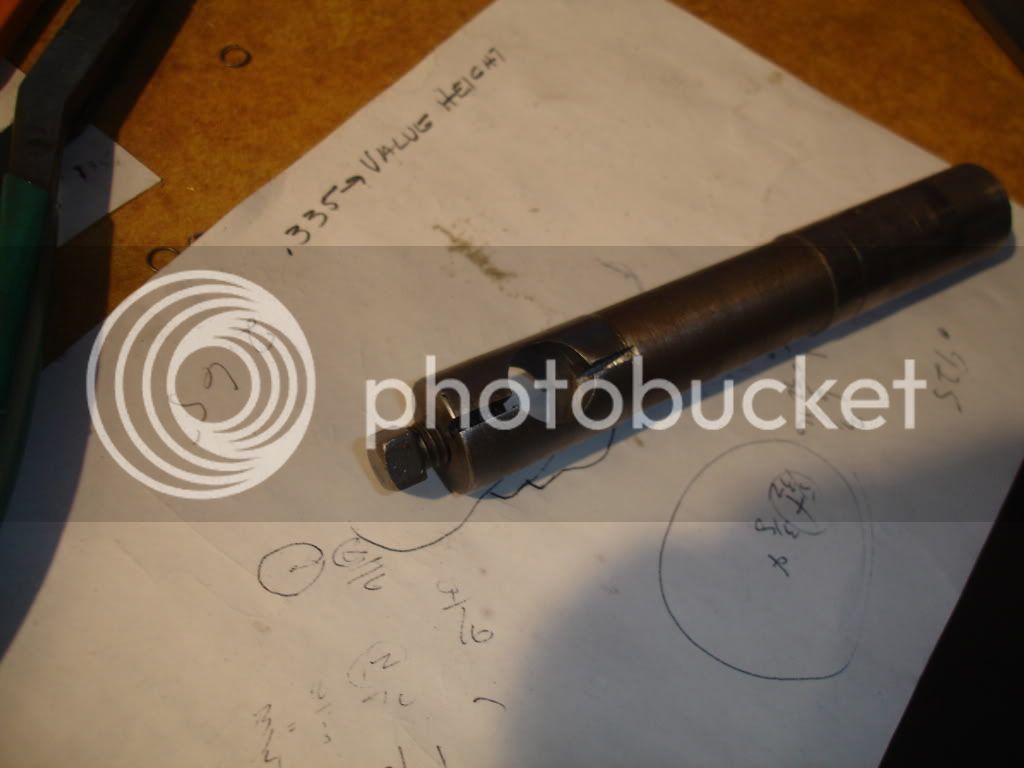Hello Brian,
Very timely post. I am currently making an Upshur engine, and last night I made the two cast iron rings for the aluminum piston. The cylinder is .750 DOM steel tubing. I have made several of these engines, and used various methods for rings including Viton. I used to go through all the calculations for expanding the rings and calculating clearances, but a few years ago I settled on something simpler. I finish the cylinder including honing to a mirror finish first. Then I turn the OD of a piece of grey cast iron to the exact ID of the cylinder bore. I lap this with oiled 400 wet/ dry paper to get a smooth finish, and this removes a few thousands to give me a smooth slip fit in the bore. I bore the ID of the cast iron to give me about .o32 thickness, and part off several rings about .045 wide. I lap these on the oiled 400 WD paper to deburr. I then recheck the fit by sliding them into the bore, and looking at a light to see if I see any light around the edges. Hopefully none in visible. I clamp the ring in a small mill vise, and use a small pair of pliers to very gently twist the ring next to the vise which cleanly breaks it. I re-chuck the ring, and with a folded piece of the 400WD paper I clean up the break and open it up about .002. I then make the piston .005 undersize of the bore, and use a HHS tool bit which I have ground into a stubby .047 wide parting tool to turn the two ring grooves to a depth of .035. I do not heat treat the rings or spread them to produce any gap. I deburr the piston, and use three small pieces of .005 brass shim stock to assist sliding the rings over the piston, and into their grooves. The rear of the cylinder has a slight champher so I apply some light oil to the piston, and install it for a test fit. If the fit is OK that is having a smooth slip fit and no binding then I go on to other parts of the engine. If there is a problem then I fix it. but so far all is well. after the engine is finished and running the rings seat themselves, and increase the compression. All of the other methods have merit, but this is how I do it, and it has worked well . Good luck. Art





